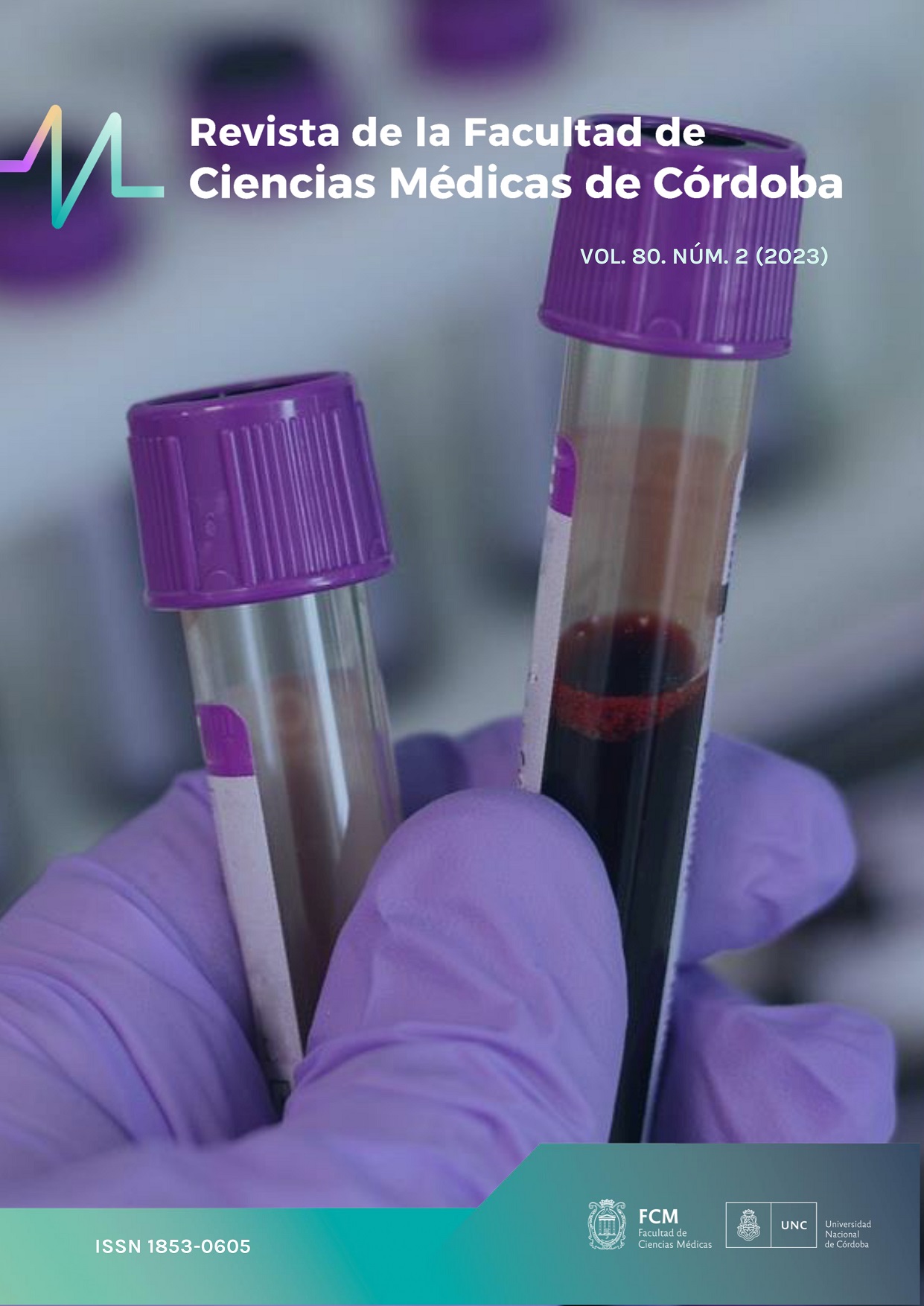Determination of tumor-infiltrating lymphocytes status in bile duct carcinoma patients at the National Hospital of Clinics
Keywords:
gallbladder, adenocarcinoma, lymphocytes, tumor infiltratingAbstract
Bile duct carcinoma is rare but aggressive in nature, presenting a 5-year survival rate of 5%. Its incidence is high in regions of western South America. In our country, Argentina, the highest rates are found in the northern provinces of Salta and Jujuy. Risk factors include obesity, cholelithiasis, bacterial infections, and genetic predisposition. The presence of tumor-infiltrating lymphocytes (TILs), particularly CD3+, CD4+, CD8+, and CD20+, has shown prognostic value in immune response and anti-tumor effects. The main objective was to evaluate TILs in biopsies and surgical specimens diagnosed with gallbladder adenocarcinoma from May 2003 to May 2023. Specific objectives included correlating TILs counts with overall survival, disease stage, patient age, and sex.
A total of 27 cases of gallbladder adenocarcinoma were analyzed. Ten microphotographs of each case stained with hematoxylin and eosin at 400x magnification were taken using a Primo Star Zeiss optical microscope equipped with an AxioCam Ers 5s Zen 2 Lite camera and software. Lymphocyte counts were performed by two pathology residents using a grid overlay on the microphotographs. Spearman's correlation coefficient was used for statistical analysis, with significance set at p<0.05.
No correlation was found between TILs status and patient survival (p=0.1979).
Larger cohort studies and the use of immunohistochemical techniques for lymphocyte subpopulation typing are needed for a better understanding of TILs in gallbladder adenocarcinoma. This study lays the groundwork for future research.
Downloads
References
.
Downloads
Published
Issue
Section
License
Copyright (c) 2024 Universidad Nacional de Córdoba

This work is licensed under a Creative Commons Attribution-NonCommercial 4.0 International License.
The generation of derivative works is allowed as long as it is not done for commercial purposes. The original work may not be used for commercial purposes.



